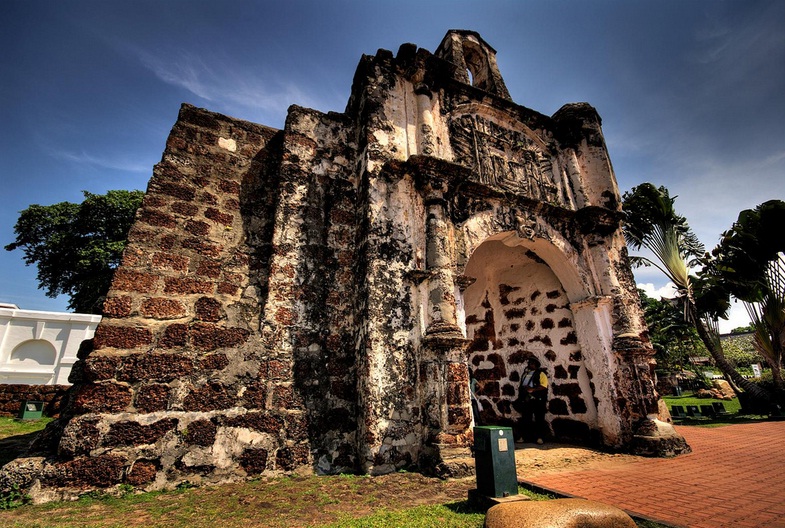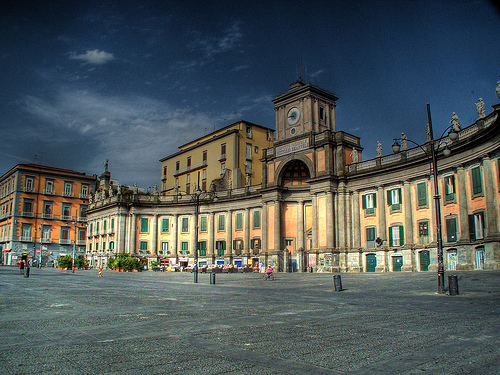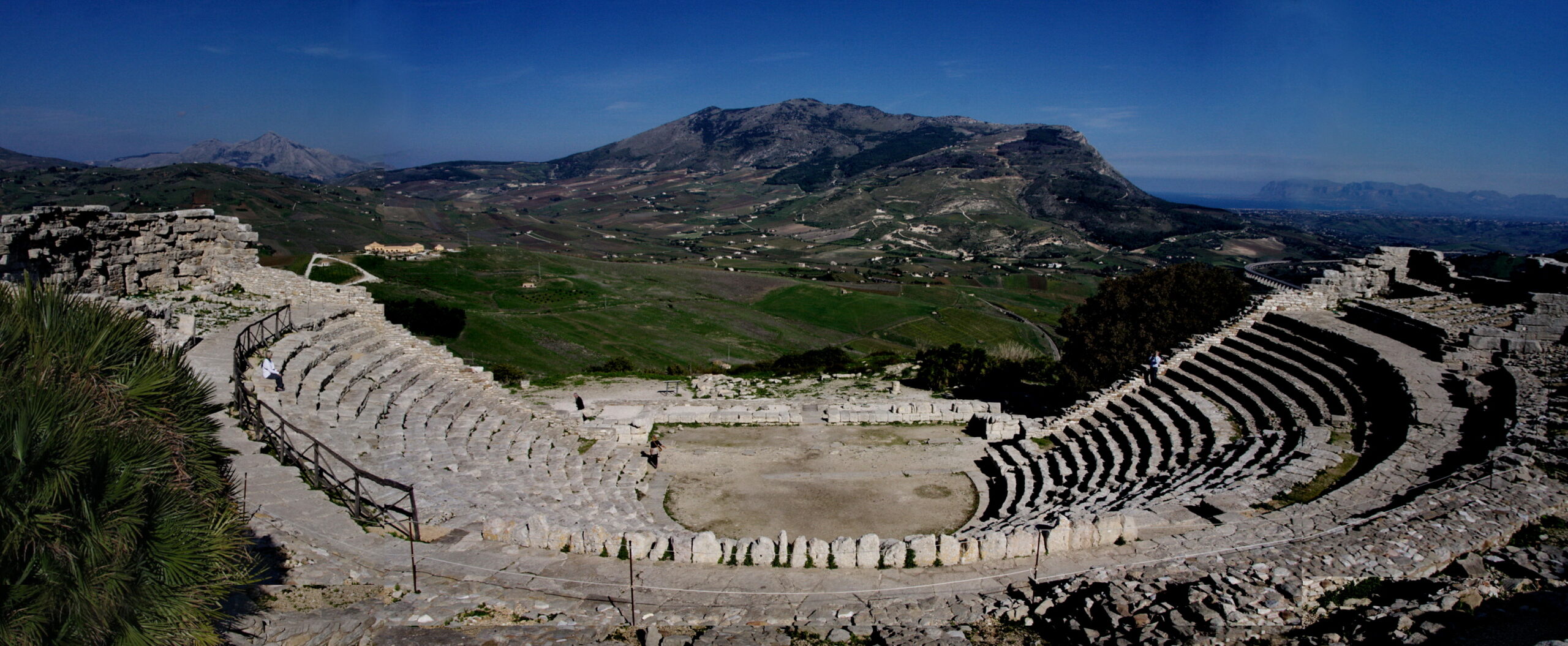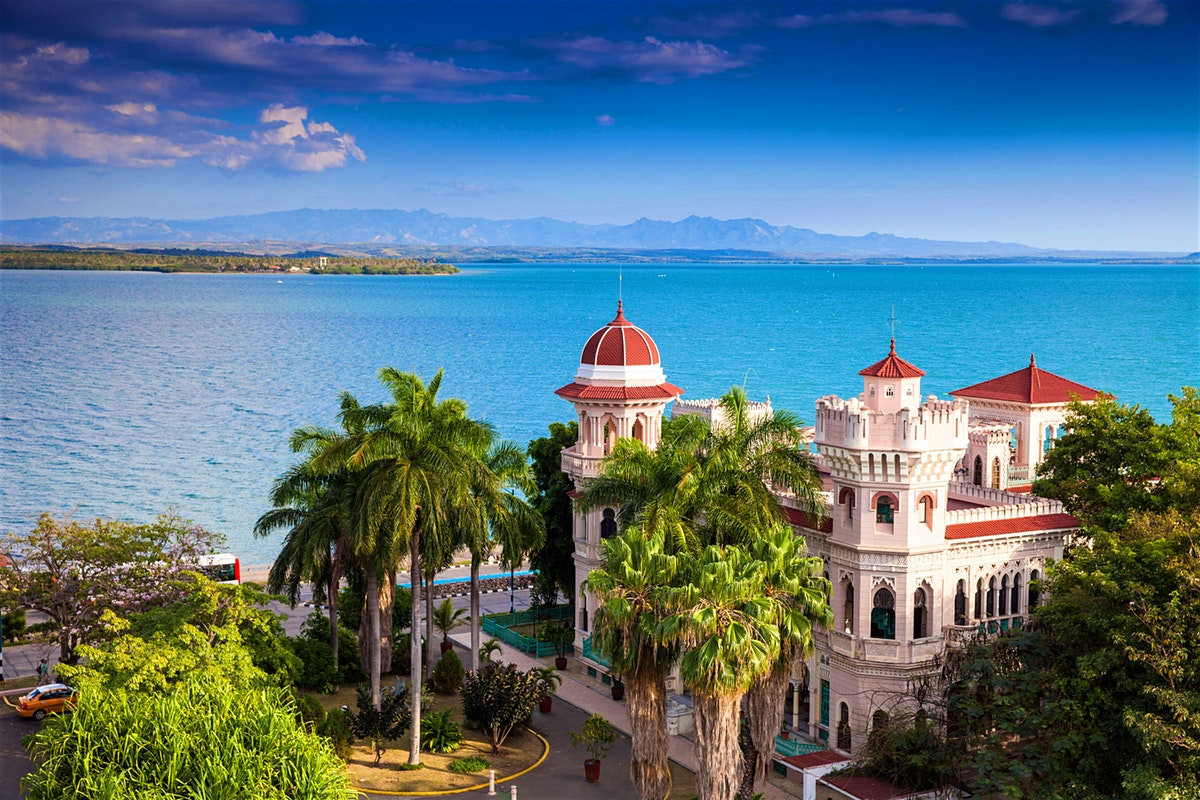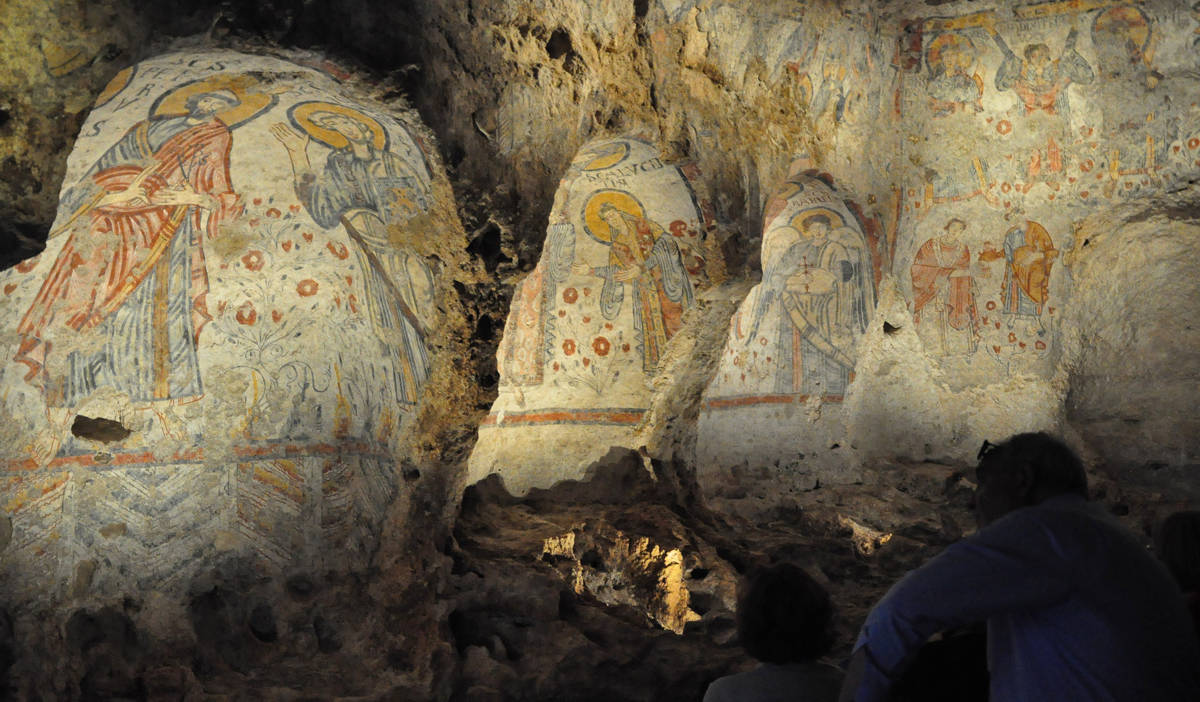Not even 100 meters away from the Sultanate Palace, there is one of the oldest ruins of European origin in Asia: its name is A Famosa, and it is a fortress built during the period of Portuguese colonialism.
Nowadays, only the part where the Porta de Santiago, one of the entrance gates of the outpost, opened, has survived. In 1511, the Portuguese fleet commanded by Afonso de Albuquerque landed, attacked and defeated the forces of the Sultanate of Malacca, the oldest in Malaysia and, at that time, the most powerful kingdom on the Malay Peninsula. Commander Albuquerque urgently requested the construction of a fortress built around a hill that at that time was in front of the sea (today the shore has moved several hundred meters).
Albuquerque in fact believed that Malacca would become an important port to connect the Empire of Portugal with the spice route to China. In the same period other Portuguese fleets conquered places like Macao, in China, and Goa, in India, with the same aim of creating satellite ports where Portuguese ships transiting between Portugal and China could dock safely for supplies and shelter. The Strait of Malacca, dominated by the city of the same name, was of vital importance to ensure the safe passage of European ships between the West and the Far East. The power that dominated Malacca would have exercised control over the entire strait thanks to its strategic position.
The fortress, in the vision of the Portuguese captain, would naturally have to be the outpost to guard a city of such importance. It was built in a short period of time with high walls, towers and four fortified entrance gates. Each tower had a warehouse for ammunition, there was a residence for the captain and for the officers on duty. The actual village was located, according to medieval schemes still in use among the Portuguese, within the walls of the fortress. Naturally, as the importance of the Malaysian port grew, as well as the population of inhabitants and merchants who stopped there, houses soon began to be built well outside the perimeter of the walls.
The fortress changed hands in 1641 when the Dutch, who were already active in Indonesia with their own East India Company, overpowered their European rivals with the help of Malay fringes hostile to Portuguese rule. The fort was preserved as it was still of strategic use, although damaged by cannon fire. Above the four entrance gates the Dutch carved a bas-relief with the logo of the Dutch East India Company. In 1806 the British ordered the destruction of the fort.
